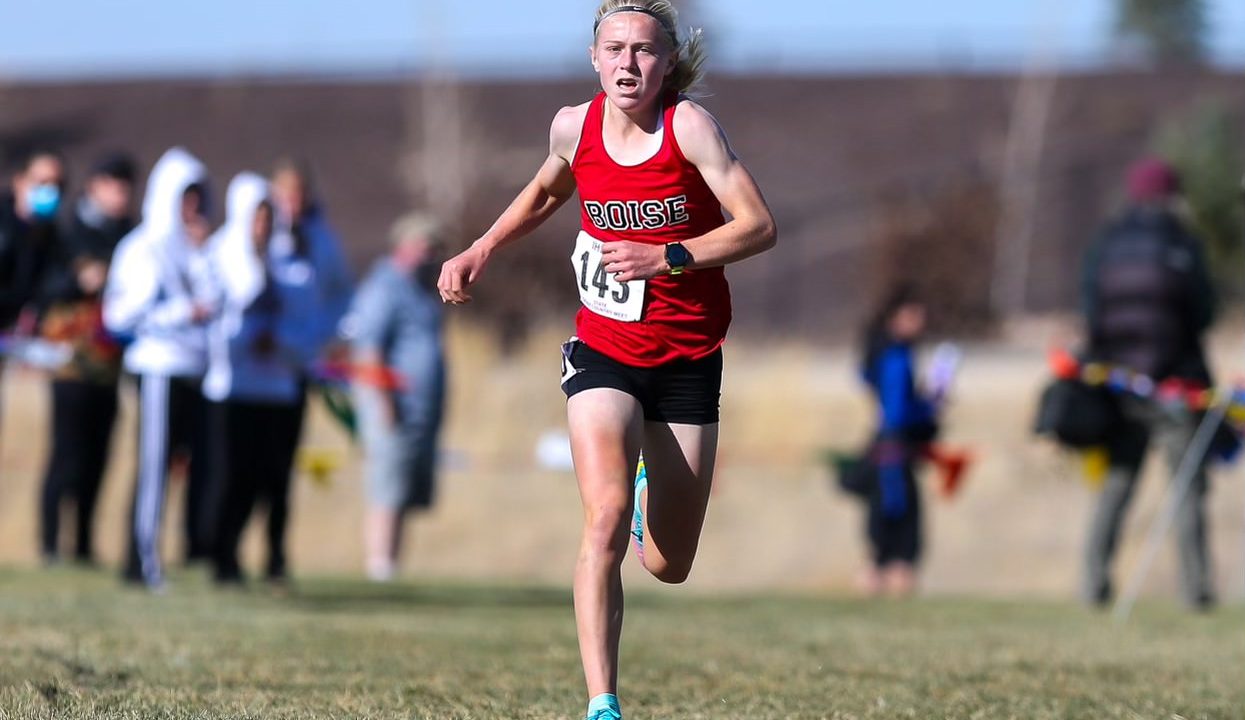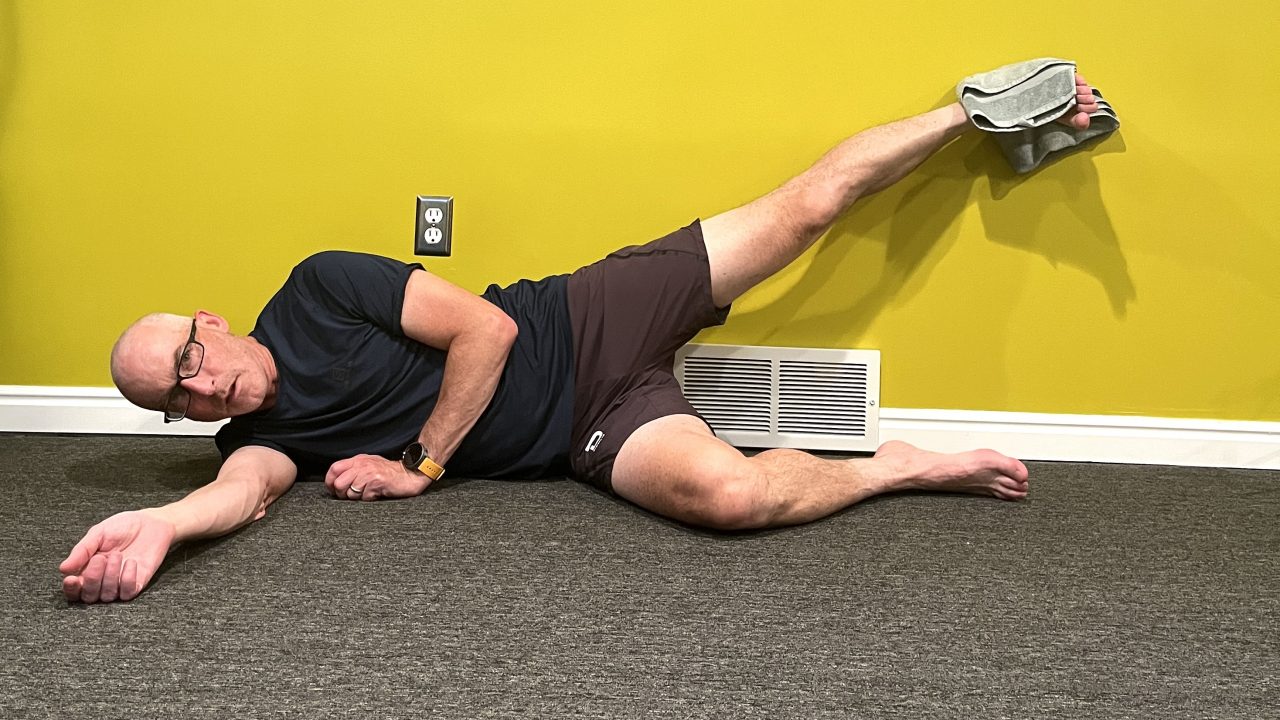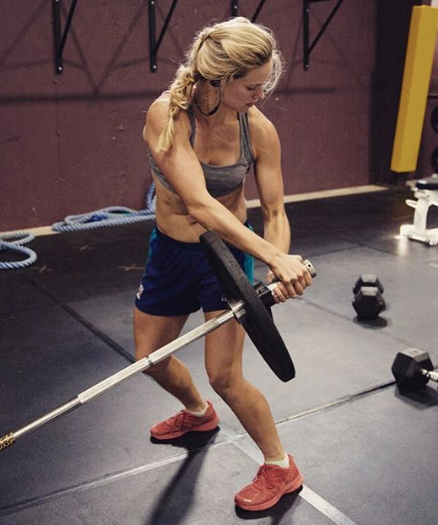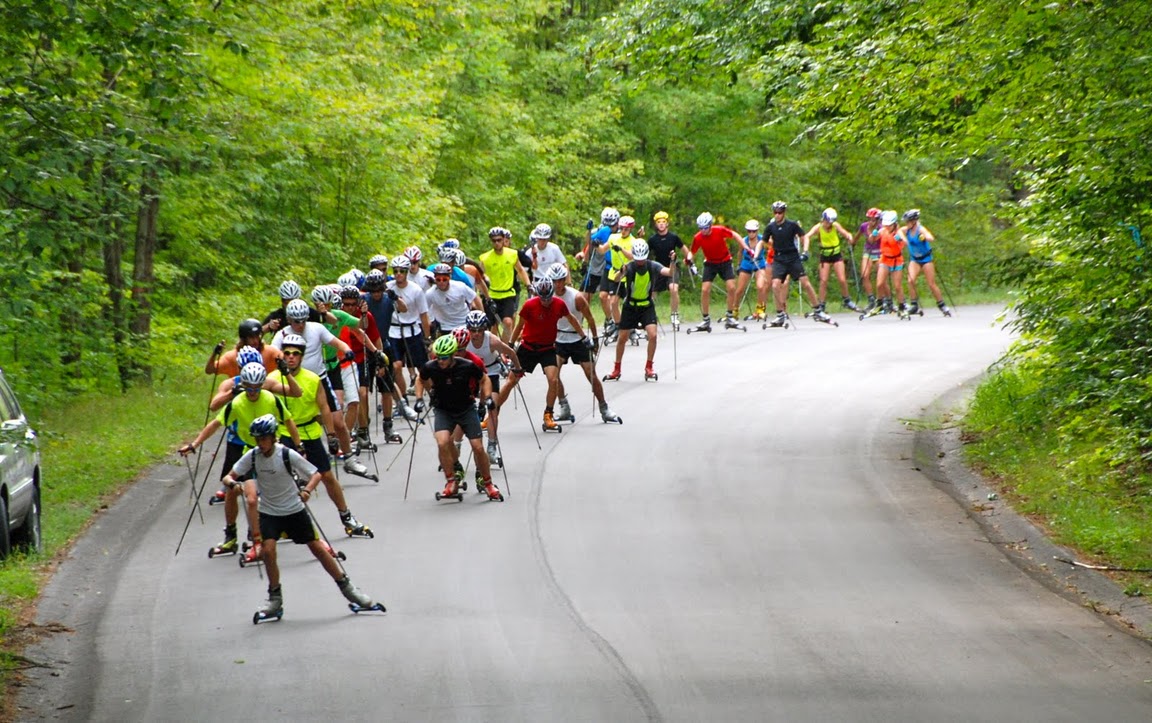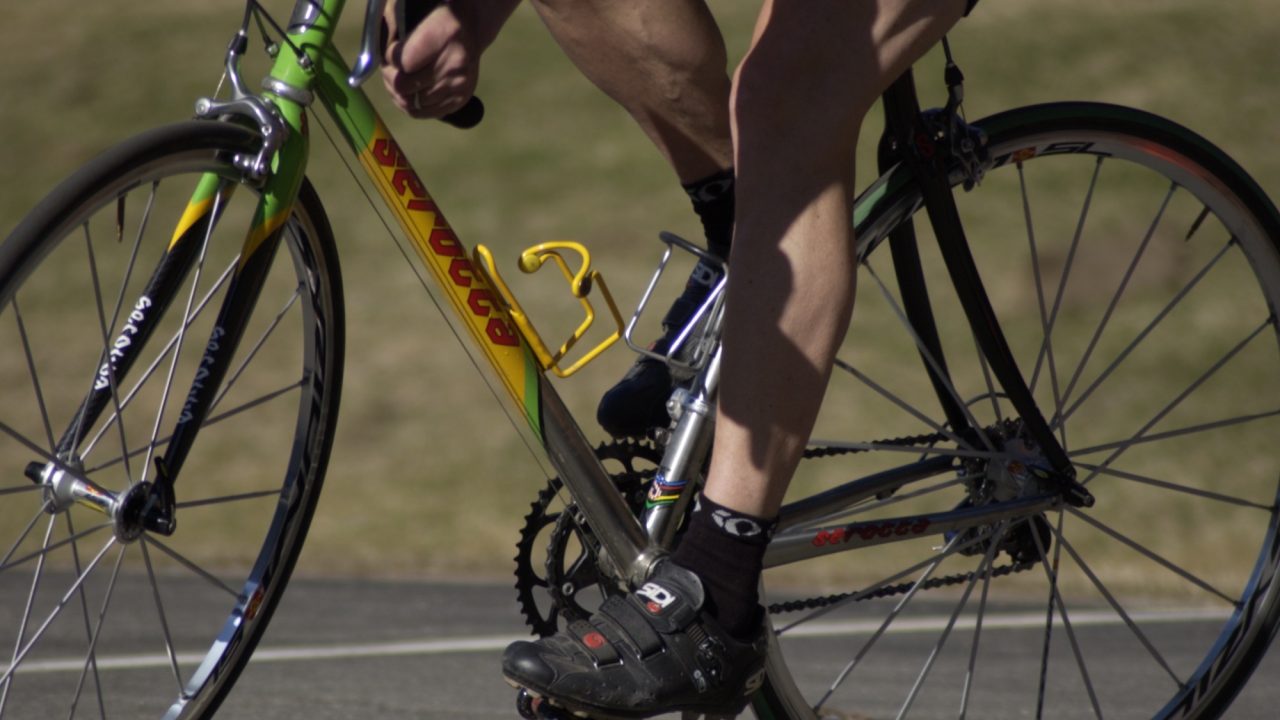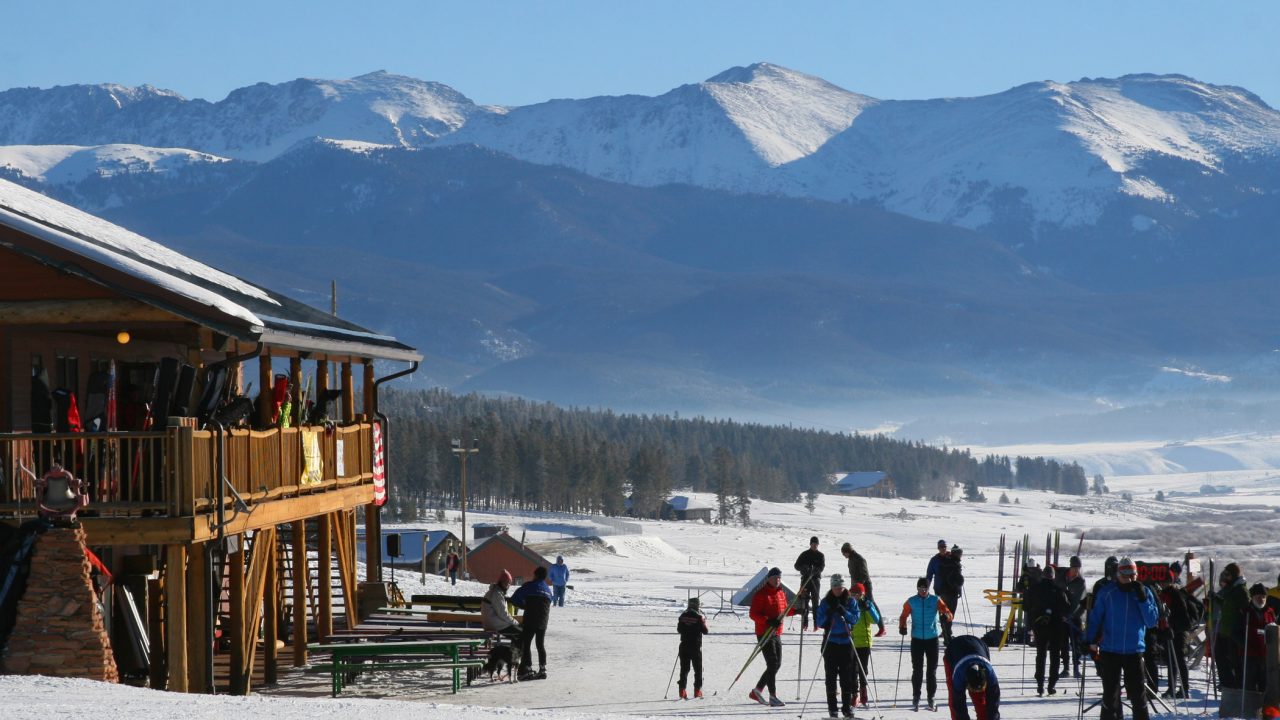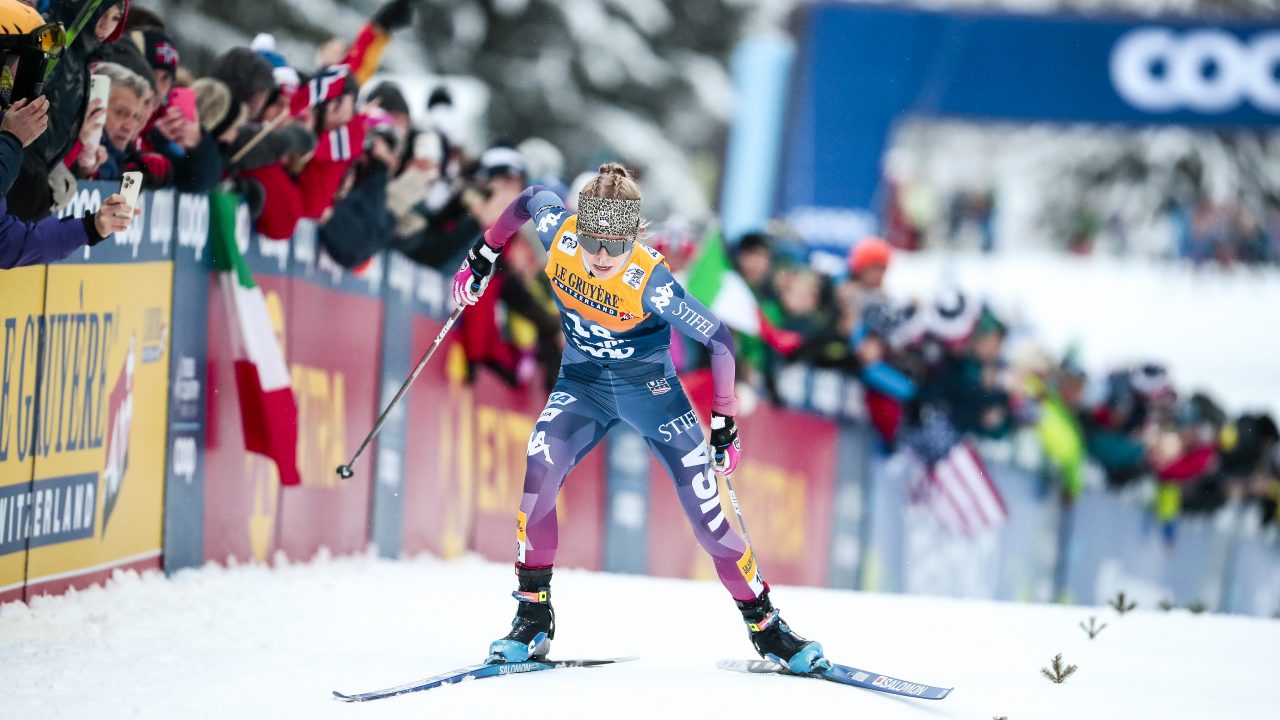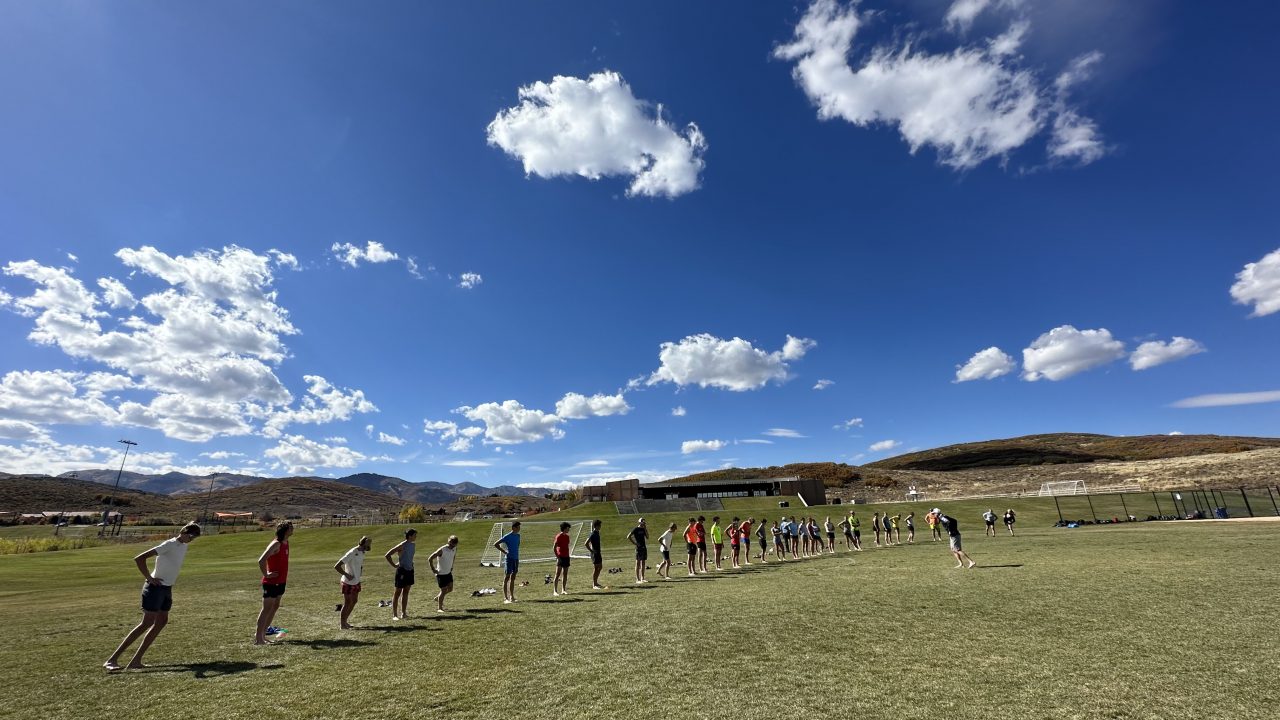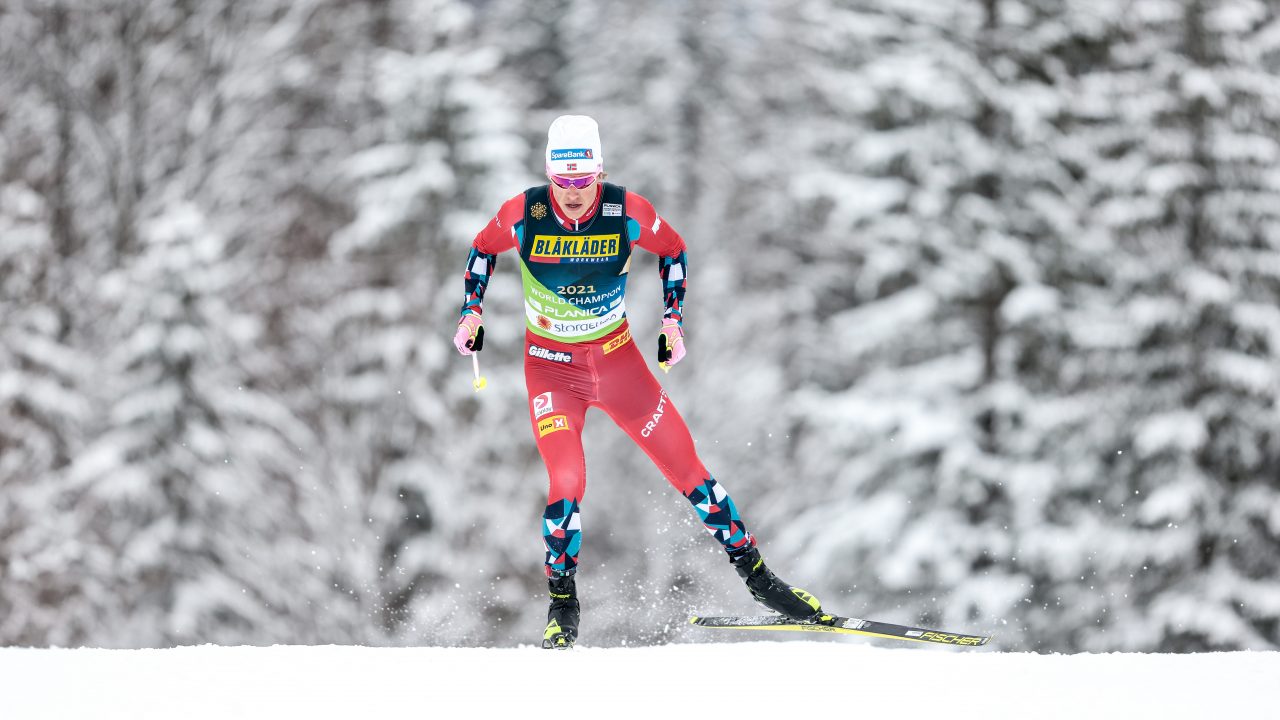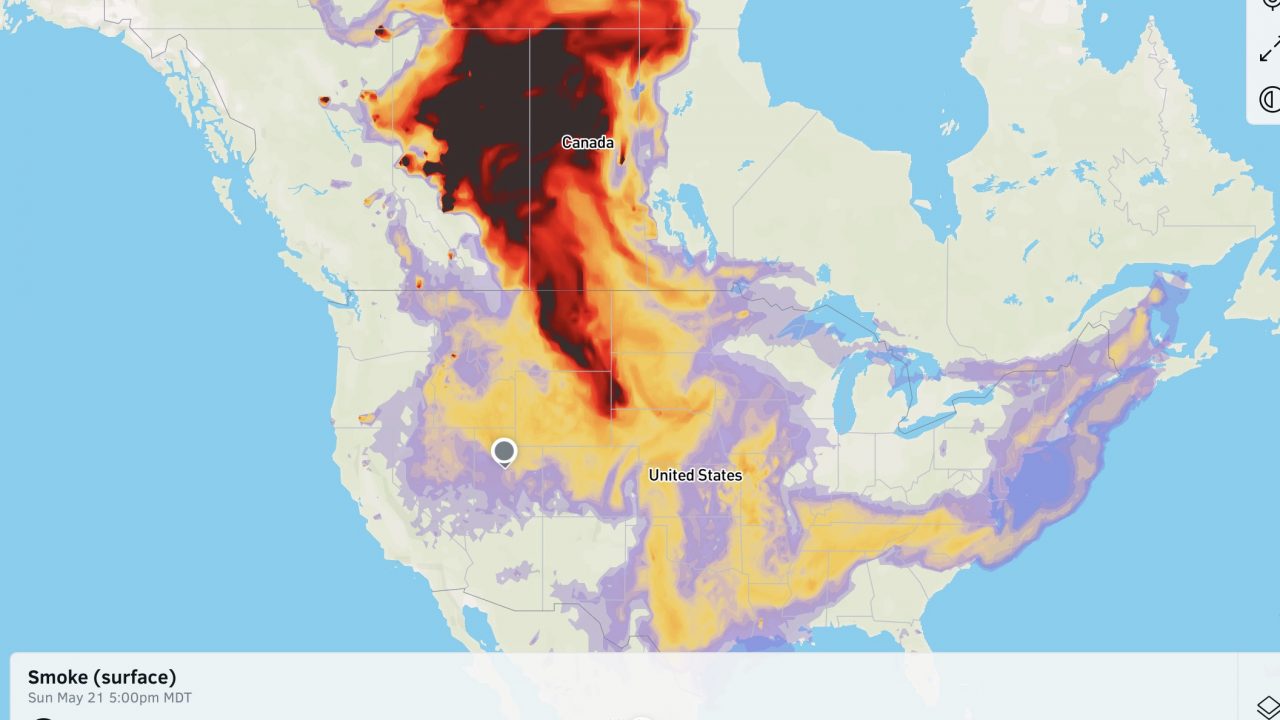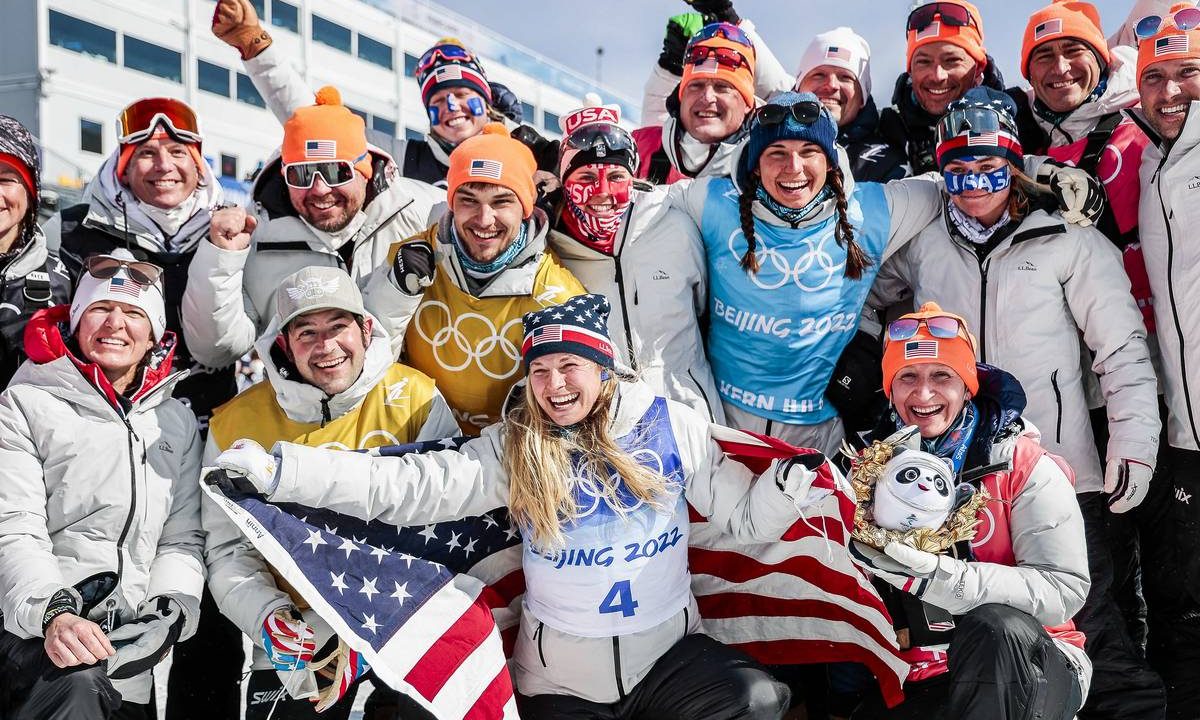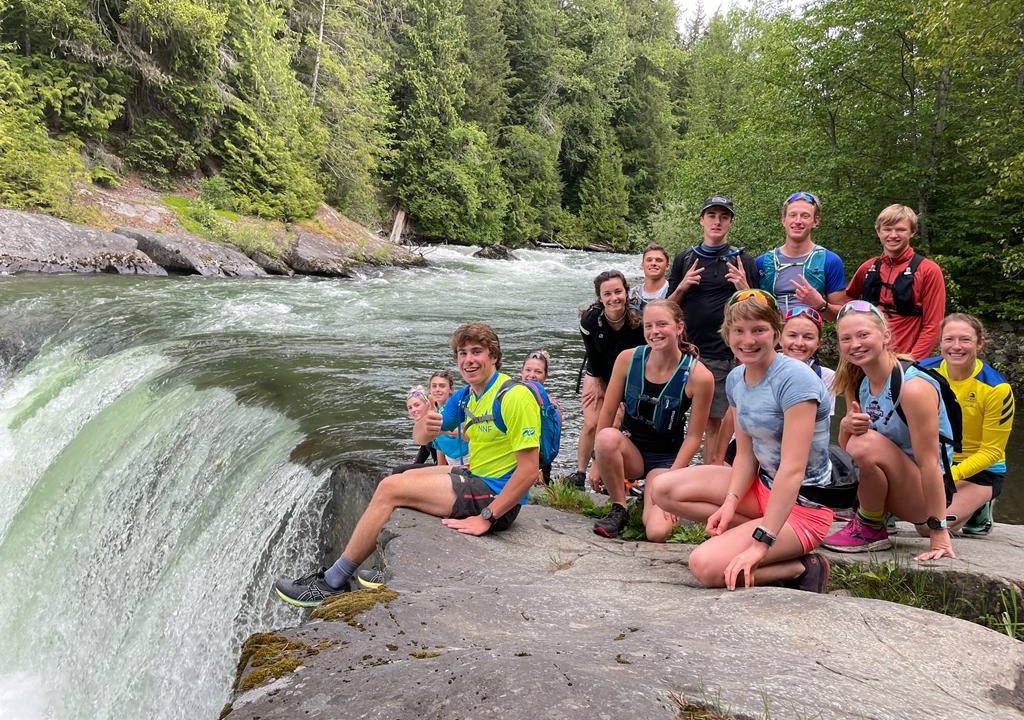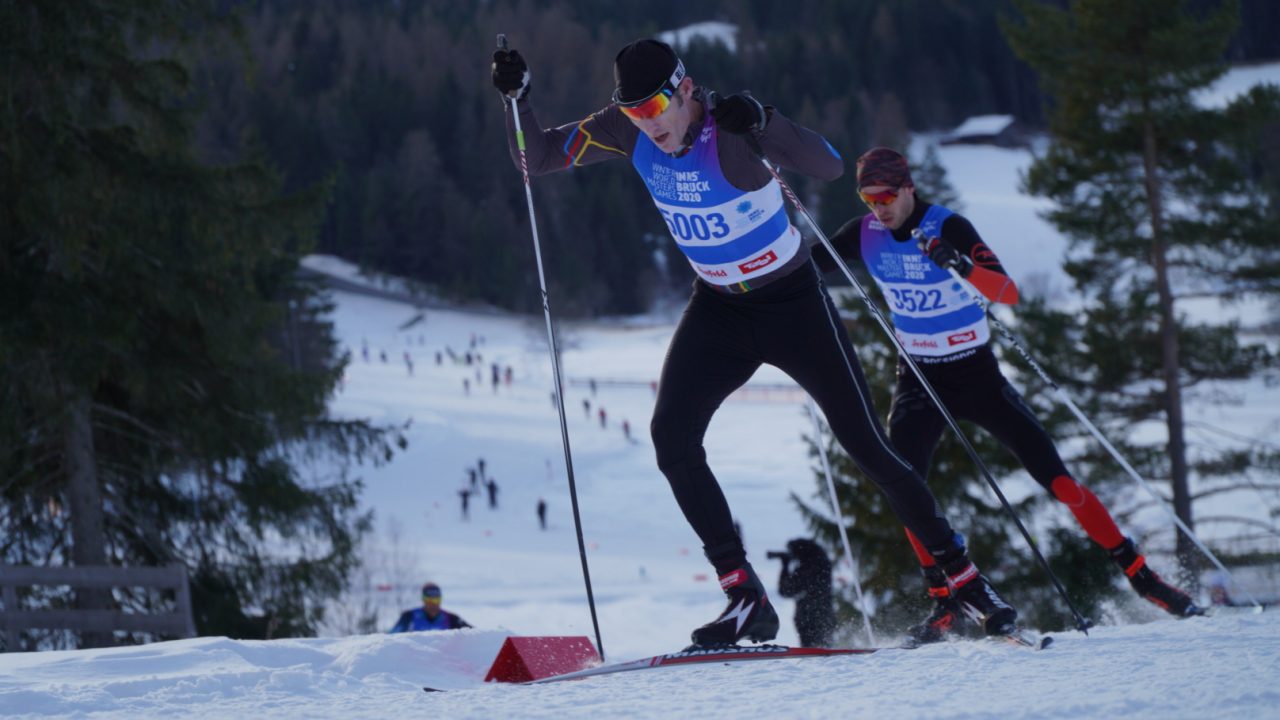For better or worse the old cliche, ski racers are made in the summer still applies. Cross country runners are made in the summer too. Conveniently, running is excellent training for skiers and obviously runners. Inconveniently, there tend to be a lot of injuries associated with running. And even more inconveniently, we don’t have a ton of research to tell us why or what to do about it. The clearest correlation to running related injury...
HomeCategory
Training
There is really only one way to become a faster skier. Train. We will keep you inspired with training reports from the best around, as well as articles on specific workouts and suggestions on how to improve your own training. Use the links below to view articles in a specific sub-category, or srcoll down to view all Training articles.
One of the beauties of skate skiing for the recreational athlete is that it gets us out of the straight line, sagittal plane motion that is so common with walking, running, and cycling. But this also poses a challenge for those of us who don’t rollerski in the summer: How do we stay conditioned for skate skiing’s lateral motion when there’s no snow on the ground? Fortunately, there’s a long list of exercises that will...
Ask most endurance athletes what quality they’d like to develop in their sport, and many would say “I want to be stronger.” Ironic, then, because “stronger” means different things to different athletes. To one, it means durable: able to withstand continued stresses and discomforts. To another, it means powerful: able to generate greater force in less time. To still another, it means actually stronger: able to move a heavier weight (regardless of the speed of the movement)....
Returning to training after a spring hiatus means laying out a plan for the upcoming training season. In making such a plan, there are a couple of questions that will help to define how the season should go: – Early season dryland training: what should early season training prioritize? And how much of a “break” do you advise taking after the ski season concluded? – Early season roller skiing: how early is too early? What...
Spring Forward: Part I
John TeafordApril 26, 2024
Spring is nice, spring is fun, spring is a relief after a long, cold winter. But, for diehard skiers, spring is also the new season in which we begin imagining ourselves as next year’s skiers. The snow is barely gone, but already we’re imagining futures in which we glide through snowy meadows, double pole across the flats, charge confidently up homologated uphills, and V2 boldly across finish lines. Our heads are already in next season....
Warning: This review contains lengthy passages of unrestrained gushing. Is it possible that the best movie ever made about cross-country skiing doesn’t have a single scene which was filmed on snow? The answer is a decided yes. Because that movie is “A to B Roller Ski,” and it shatters the ceiling for what a movie about cross-country skiing can be. Moving, inspiring, authentic, pure, poetic, and beautiful, ‘A to B Roller Ski’ tells the story...
Snow Mountain Ranch Gets a Late-Season Boost
Alex KochonMarch 20, 2024
FasterSkier has been fortunate to have the support of Snow Mountain Ranch for many years now. If you are looking to extend your ski season we hope you will consider visiting our friends at Snow Mountain Ranch. If you’re a kid in Granby or Winter Park, Colo., snow days aren’t a thing—until last Thursday, March 13. According to Mary Ann Degginger, the program director at Snow Mountain Ranch, students in the East Grand School District...
You’ve plateaued? What’s the deal? Is it insufficient rest; is it that you peaked too early; is it that you need to train harder? There is an article, Facebook post, podcast, YouTube video, and probably a thousand other forms of media dedicated to figuring out just about every component of training. So, with all this information available, why do so many athletes face such an uphill battle to reach their goals? From amateur to elite,...
An Ode to the Big Toe
Ned DowlingJanuary 14, 2024
The big toe is called the big toe because it’s bigger than the other toes. It has bigger bone and muscle structure because it takes more load. When we walk and run, we are programmed to get the big toe on the ground. But how and when we get the big toe to the ground can cause problems. Too much, too soon, too late, or too fast and efficiency suffers. When efficiency decreases, loads...
Aker Daehlie: A Measured Approach
Jason KaskJanuary 12, 2024
Sophia Laukli’s dominant win in the final stage of the Tour de Ski catapulted her into the spotlight. She has been racing fast for a while, but this result was on another level from her past performances. As the world gets to know her better, it’s interesting to look at the training philosophy of her club, Aker Daehlie. Training is sometimes secretive, but Aker Daehlie puts their training philosophy online for all to see. This...
Learning From the World’s Best
Luke JagerDecember 27, 2023
It’s fun to watch athletes who are the best in the world at what they do. Whether it’s Jakob Ingebrigsten floating his way to a sub 3:30 1500m, Jessie Diggins soloing 20km for an Olympic medal, or Jonas Vingegaard riding away from the best cyclists in the world, we can’t help but be captivated by what these superstars are capable of doing. We hear stories about the grueling work that elite athletes put in day...
In Good Standing—Fundamental Elements of Ski Stance
Ned DowlingOctober 20, 2023
“Big motor, lousy suspension.” That’s how I often describe the endurance athletes I see in physical therapy. They have the physiology to go fast but are lacking the stability and/or coordination for efficient movement. Decreased efficiency equals increased load. And excessive load has led to injury and a visit to their friendly, neighborhood PT. I used the same description while Greta Anderson, the US Cross Country Development Coach, and I stood trackside last August watching...
Cross country ski trails—and the grooming strategies that prepare those trails for race events—have changed dramatically in recent seasons, especially since artificial snow became commonplace at Nordic venues. Commensurately, skiing speeds have increased, and so has the reliance on upper body power for propulsion. This has been most visible in classic skiing where technique zones are put in place down to the junior level to ensure that striding remains part of the sport. These changes...
Injuries are Inevitable
Ned DowlingJuly 24, 2023
Injuries are inevitable . . . As a physical therapist, I am often preaching prevention through maintenance exercises and training strategies; however, despite very well intended plans, injuries can still happen. Some of these will be short term, quite manageable, and maybe just a product of bad luck. Other injuries are longer lasting, will likely require some medical management, and are certain to impact training, whether from an acute trauma or from symptoms that have...
Most conversations regarding training for endurance sports center on competition: the training schedule is built around the races. But what if you don’t compete? What if you’re out there on the ski trails, bike trails, and hiking trails without a race number? What if your objective is not to podium but to simply enjoy the opportunity to push your body? Is there still a reason to “train” when there isn’t a competition to train for?...
Author’s disclaimer: I am not a chemist nor atmospheric scientist, but as a physical therapist who tries to think of the body holistically (and as an endurance athlete living and training in a region prone to bad air quality), I have done my best to research this topic. For greater detail, please consult a true expert in the field. The air we breathe is precious. Whether simply sustaining life functions or powering the aerobic metabolism...
Join the National Coaches’ Ed. Symposium
Chris GroverOctober 21, 2022
Dear Cross Country Community, The staff from the U.S. Ski and Snowboard Cross Country Team will host a 2022 Cross Country National Coaches’ Symposium this next week on October 28th and 29th. Please click on the previous link to register. The Symposium will take place via Zoom to keep costs low and facilitate greater participation by our community. Here is a link to the Presentation Schedule and Presenter Bios. The Symposium will count towards 8 Continuing Education Credits for...
After an untold number of bear sightings and many hours of quality training, the U18 National Training Group (NTG) camp wrapped up in Whistler, B.C. the third week of June. The first of the National Nordic Foundations (NNF) Summer Series, the goals of the camp were twofold: the first was to give these athletes a chance to meet and train together, particularly since the annual U18 Nordic Nations Cup trip was canceled in January due...
I grew up playing soccer. Every practice was hard. “No pain, no gain,” and all of that. By tenth grade, I was burned out and quit. I started rock climbing. Every day at the crag was about pushing your limits. This was before indoor gyms or any concept of training other than doing as many pull ups as possible. I plateaued, got frustrated, and quit. Then I had a go at running. I read some...
If you look at the lines that graph long-term athletic performance – VO2 max, anaerobic threshold, maximum heart rate, 10k running speed – it can be pretty demoralizing. Even before age 30, there’s a slow and steady cant downward, and then by the mid-40s, a descent into a valley that plunges toward the abyss’s void of emptiness. Some of us choose to oppose these trendlines, wrestling with them like tentacles in a roiling sea of...

